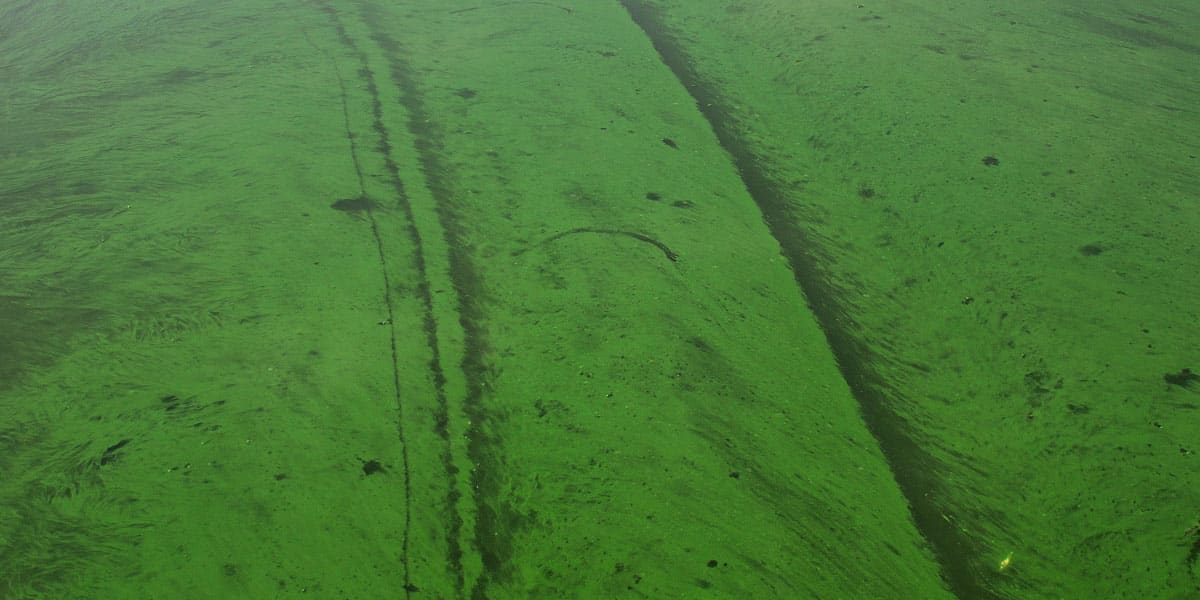Scientists at the Carnegie Institution for Science have made a significant discovery regarding the temperature conditions that promote the growth of algal toxins. Their research indicates that regions at higher latitudes face a heightened risk of dangerous levels of a common algal toxin called microcystin when the temperature ranges between 20 and 25 degrees Celsius (68 to 77 degrees Fahrenheit).
Climate change and water quality
Climate change stands as one of the foremost challenges to the quality of our water and the health of aquatic ecosystems. Lakes, which contain a remarkable 87% of Earth’s liquid surface freshwater, serve as early indicators of climate change. It’s expected that the summer surface temperatures of lakes will increase by an average of 0.34°C per decade.
This warming trend will bring about severe consequences for lakes, affecting critical processes like mixing patterns, evaporation rates, the timing of lake ice formation, and the growth rates and composition of freshwater species.
Examining microcystin
The presence of high concentrations of cyanobacterial toxins, including microcystin, poses a global threat to the water quality of lakes. This menace jeopardizes not only human health but also the economies and stability of ecosystems. However, the relationship between temperature and the overall concentration of microcystin within lakes remains somewhat uncertain.
In general, cyanobacteria seem to thrive in a warming climate, out-competing other species due to their accelerated growth rates and changes in water conditions. Nevertheless, it’s important to note that larger algal blooms do not necessarily correspond to higher microcystin concentrations. This is because not all algal taxa possess the ability to produce these toxins, and even within a single species, there can be significant variations in toxin production due to genetic diversity.
Microcystin samplings
The researchers gathered and analyzed data from 3,027 measurements taken from 2,804 lakes across the United States. These lakes were sampled in 2007, 2012, and 2017 as part of the National Lakes Assessment (NLA) program.
This extensive dataset allowed them to investigate how temperature affects the occurrence of microcystin (defined as concentrations above the 0.1 μg/l detection limit of enzyme-linked immunosorbent assays (ELISA) used by the NLA) as well as concentrations across various geographical regions.
Microcystin and temperature
The World Health Organization (WHO) has established provisional guideline values for drinking water, setting safe concentrations at 0.3 μg/l for children and 1 μg/l for adults. Meanwhile, the U.S. Environmental Protection Agency (EPA) has defined a microcystin threshold of 8 μg/l as the water quality standard for recreational waters to ensure the safety of individuals engaged in swimming or other recreational activities in the water.
Analysis of the NLA data revealed that during the three sampling years, 18.0% and 9.9% of lakes examined in the study had concentrations exceeding the WHO drinking water guidelines for children and adults, respectively. Additionally, 1.3% of these lakes had concentrations surpassing the EPA’s recreational water quality criterion.
The researchers found that temperature (T), TN (total nitrogen), Chl-a (chlorophyll-a), and pH levels played significant roles in explaining both the occurrence (according to a logistic model) of microcystin and the median concentrations above the detection limit (according to a log-normal model). While the likelihood of microcystin occurrence steadily increases with rising temperatures, the median concentration above the detection limit peaks at 22°C. Consequently, the probability of exceeding specific concentration thresholds is highest when temperatures range from 20 to 25°C (68 to 77 degrees Fahrenheit). Moreover, they discovered that the impact of temperature is more pronounced when nutrient concentrations are elevated.
